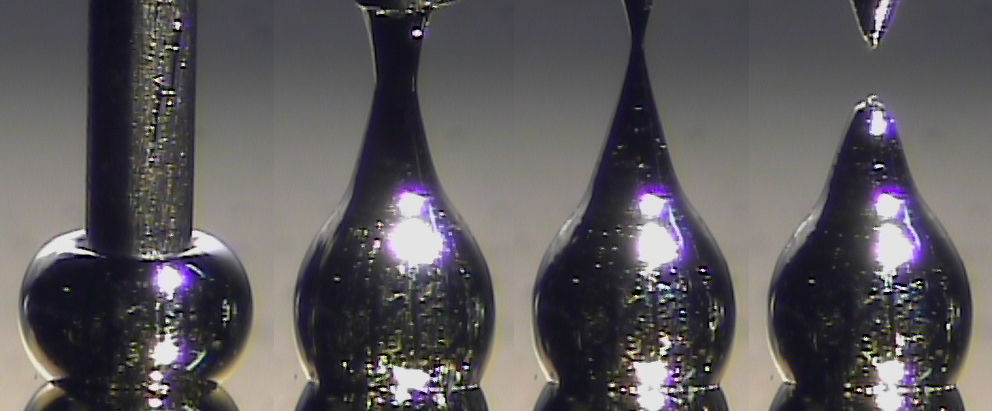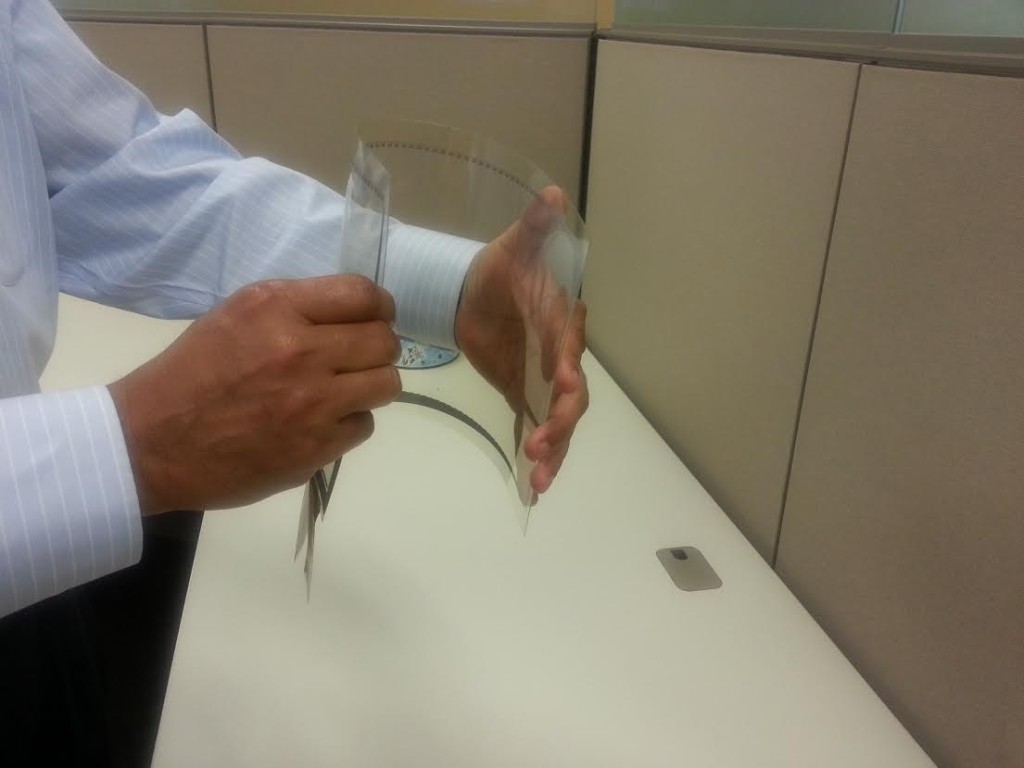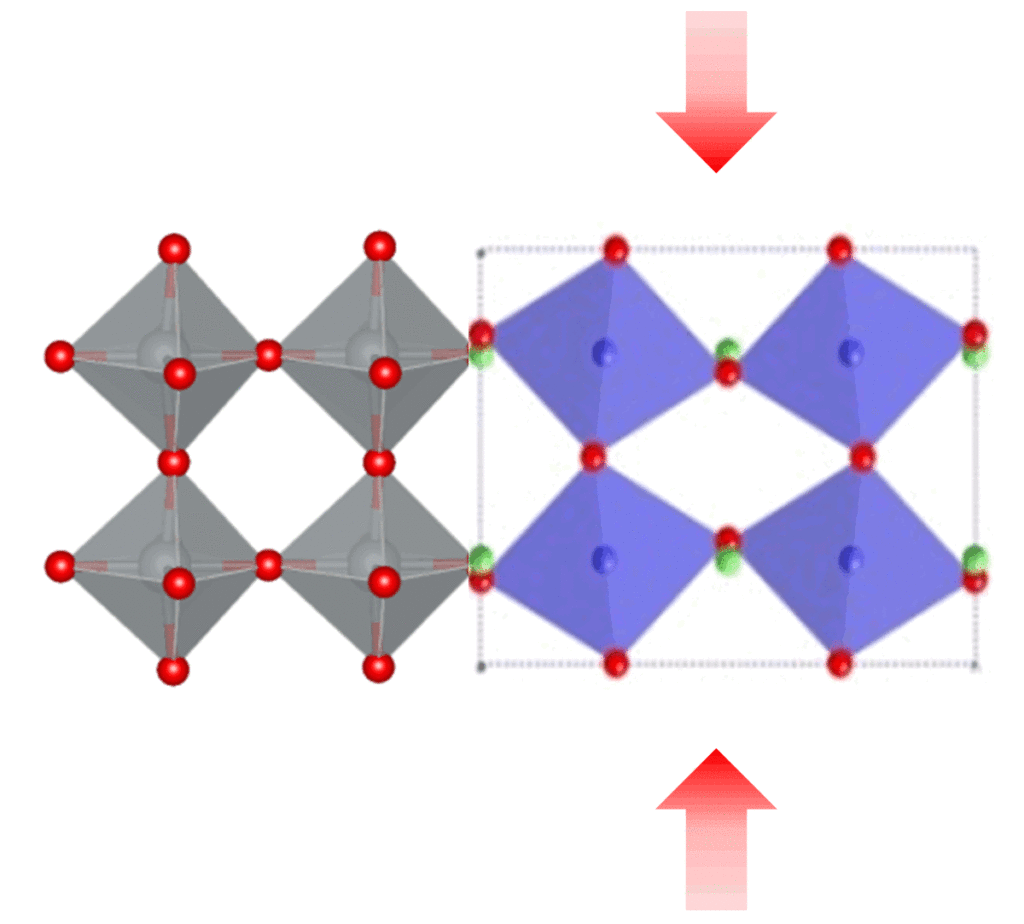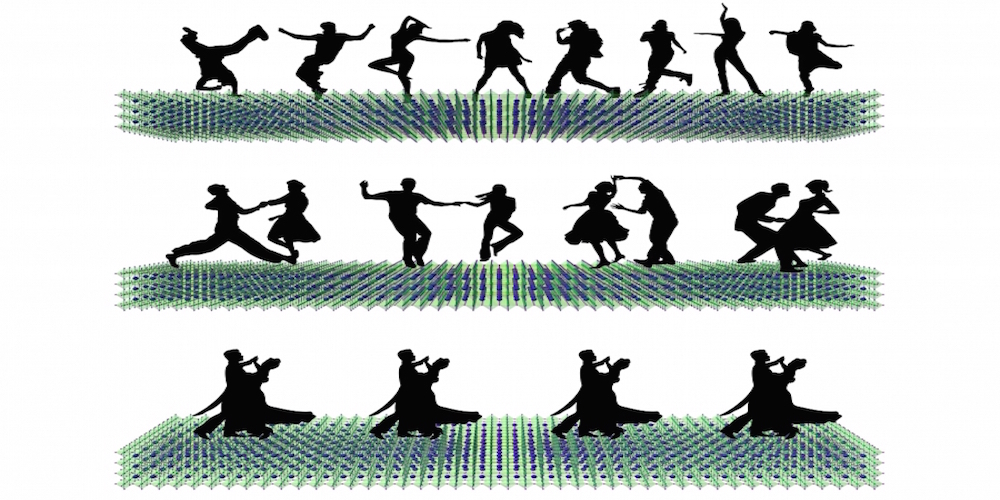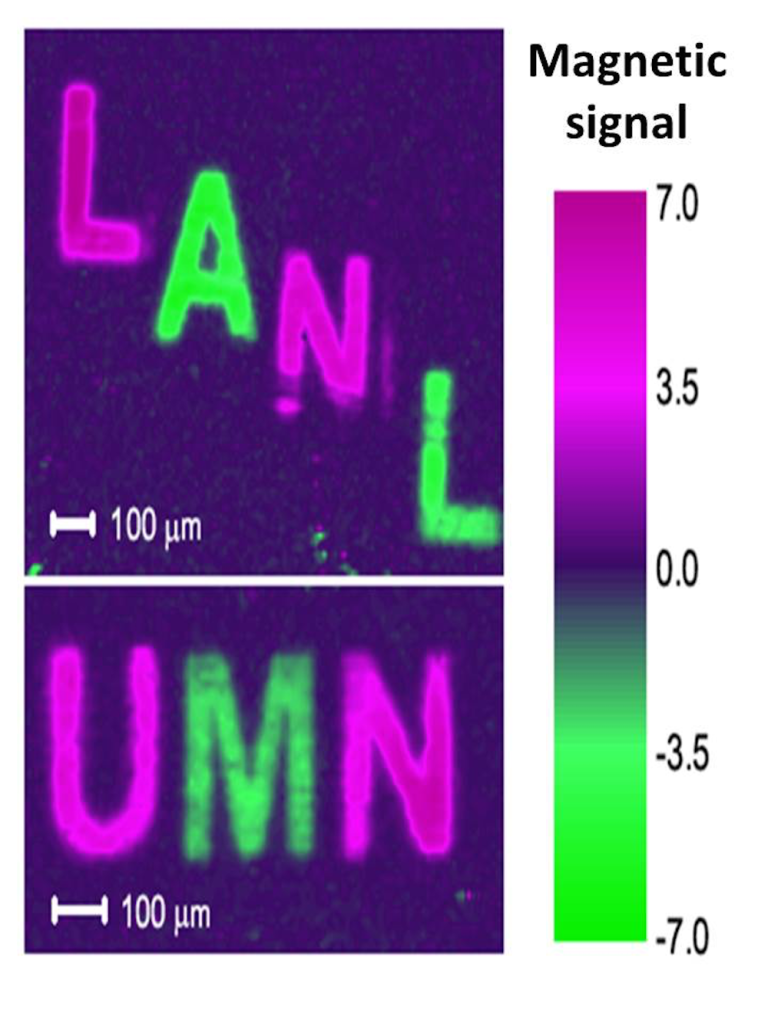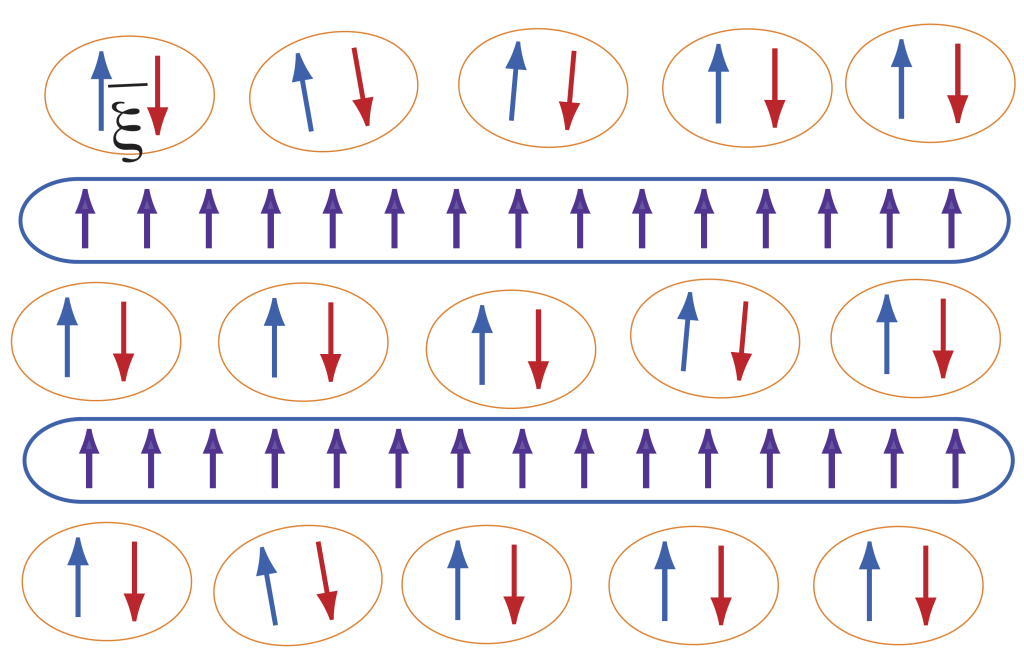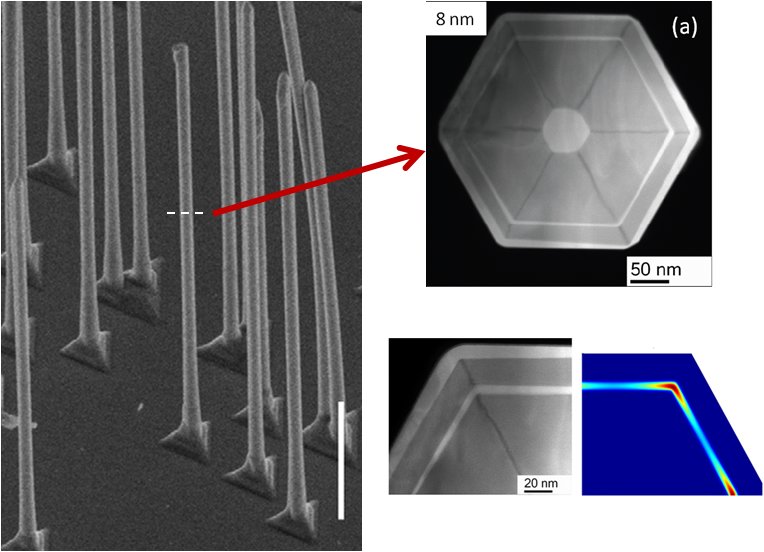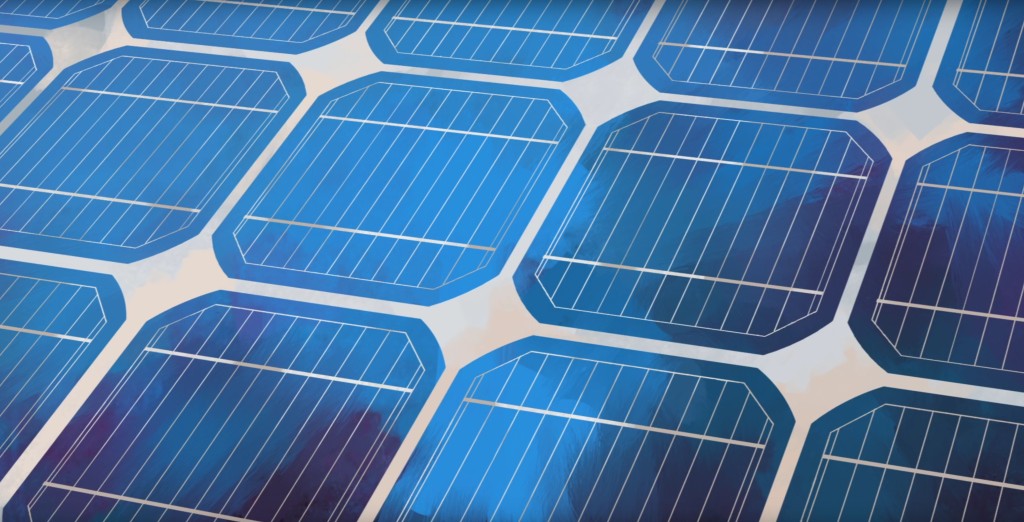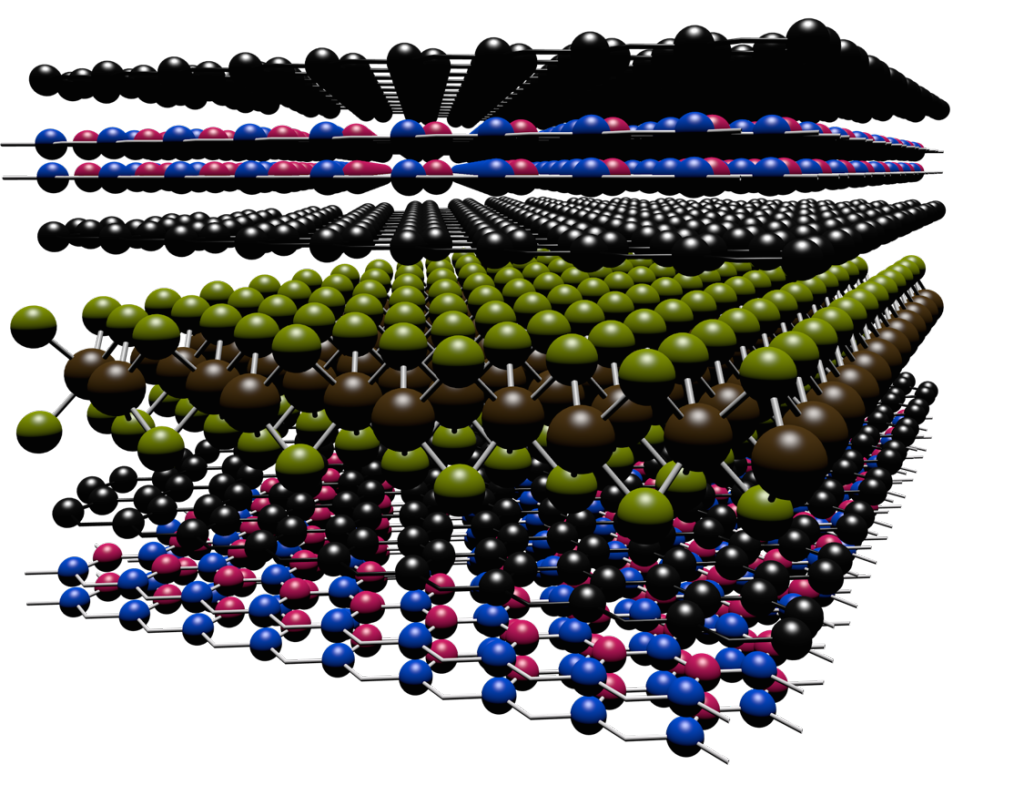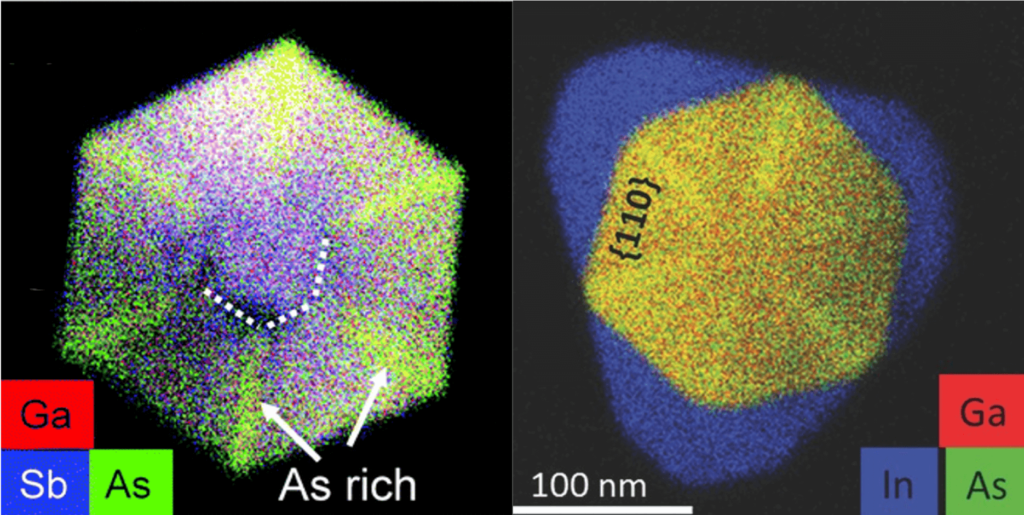FUNSIZE RESEARCH
Posts showcasing the wonder, beauty, and potential of cutting-edge materials research—freely contributed by physicists from across the country. (Funsize Physics is not responsible for any minds that are blown.)


Most electronics are made out of rigid materials like silicon, but it is possible to make wires and other electronics using entirely soft and squishy materials. By utilizing liquid metal nanoparticles, we can even draw wires by hand using light pressure from a magic marker to squish the particles together.


Materials that are absolutely perfect—in other words, materials that contain no defect of any kind—are usually not very interesting. Imagine being married to a saint: you would quickly be bored out of your mind! Defects and impurities can considerably change many properties of materials in ways that allow a wide range of applications.


Inside solids, the properties of photons can be altered in ways that create a kind of "artificial gravity" that affects light. Researchers at the University of Pittsburgh tracked photons with a streak camera and found that whey they enter a solid-state structure, they act just like a ball being thrown in the air: they slow down as they move up, come to a momentary stop, and fall back the other way. Studying this "slow reflection" will allow us to manipulate light's behavior, including its speed and direction, with potential applications in telecommunications and quantum computing technologies.


It's a solid . . . it's a liquid . . . it's a LIQUID CRYSTAL! Researchers at the University of Wisconsin-Madison Materials Research Science and Engineering Center are investigating how the unique properties of liquid crystals allow them to act as environmental sensors, detecting toxins in the environment. In this video, we give a brief overview of what liquid crystals are and how their properties can be utilized to improve the world.


Would you rather have data storage that is compact or reliable? Both, of course! Digital electronic devices like hard drives rely on magnetic memory to store data, encoding information as “0”s and “1”s that correspond to the direction of the magnetic moment, or spin, of atoms in individual bits of material. For magnetic memory to work, the magnetization should not change until the data is erased or rewritten. Unfortunately, some magnetic materials that are promising for high density storage have low data stability, which can be improved by squeezing or stretching the crystal structures of magnetic memory materials, enhancing a material property called magnetic anisotropy.


There are many ways atoms can arrange microscopically to form crystalline materials. Interestingly, materials created from different arrangements of the same atoms may exhibit completely different physical and chemical properties. A method called thin film epitaxy allows scientists not only to fine-tune the properties of known materials, but also to generate completely new materials with structures and properties not found in nature.


Superconductors are materials that permit electrical current to flow without energy loss. Their amazing properties form the basis for MRI (magnetic resonance imaging) devices and high-speed maglev trains, as well as emerging technologies such as quantum computers. At the heart of all superconductors is the bunching of electrons into pairs. Click the image to learn more about the "dancing" behavior of these electron pairs!


In most magnetic materials, the magnetic moments of individual atoms are aligned parallel to one another and point in the same direction. In special structures called skyrmions and antiskyrmions, however, they are arranged in a spiraling pattern. Their stability and compact size makes skyrmions and antiskyrmions especially useful for encoding lots of data in a small space. But a few questions need to be answered before skyrmion-based technology can be used in your iPhone or other memory devices. First, why do these magnetic structures form in some materials and not others? How can we design a system where they will form? And how can we generate these structures on demand? Click to find out!


For the past two decades, giant bubble enthusiasts have been creating soap film bubbles of ever-increasing volumes. As of 2020, the world record for a free-floating soap bubble stands at 96.27 cubic meters, a volume equal to about 25,000 U.S. gallons! For a spherical bubble, this corresponds to a diameter of more than 18 feet and a surface area of over 1,000 square feet. How are such large films created and how do they remain stable? What is the secret to giant bubble juice? Click to find out more!


Superconductors and magnetic fields do not usually get along, but a research team led by a Brown University physicist has produced new evidence for an exotic superconducting state that can indeed arise when a superconductor is subject to a strong magnetic field. Their results could enable scientists to develop materials for more efficient memory storage, and even help to explain the behavior of distant astronomical objects called pulsars.


Measurements of the three-dimensional motion of fibers in turbulent fluid flow are helping us understand the multiphase flows involved in making paper.


A bit of stray moisture during an experiment tipped off scientists about the strange behavior of a complex oxide material they were studying—shedding light on its potential for improving chemical sensors, computing and information storage. In the presence of a water molecule on its surface, the layered material emits ultraviolet light from its interior.


Scientists and engineers are making smaller and smaller structures designed to control the quantum states of electrons in a material. By controlling quantum mechanics, we can create new materials that do not exist in nature, develop more efficient solar cells and faster computer chips, and even discover exotic new states of matter.


Scientists have developed a way to engineer new forms of matter by stacking different types of layers, each only one atom thick, on top of one another.


It’s a hot summer day. You desperately want something cold to drink, but unfortunately, your bottle of root beer has been sitting in a hot car all day. You put it into a bucket full of ice to cool it down. But it’s taking forever! How, you wonder, could you speed the process up? The same question is important for understanding how electronic devices work, and how we can make them work better by controlling the temperature of the electrons that power them. Read on to find out what a bottle of root beer in a cooler full of ice and a nanowire in a vat of liquid helium have in common!


Think of the hard disk in your computer. Information is stored there in the form of magnetic "bits." But do you know how small a magnet can be? Some molecules make magnetic magic, and these special molecules may give rise to the ultrafast, high precision, low power devices of the future.






